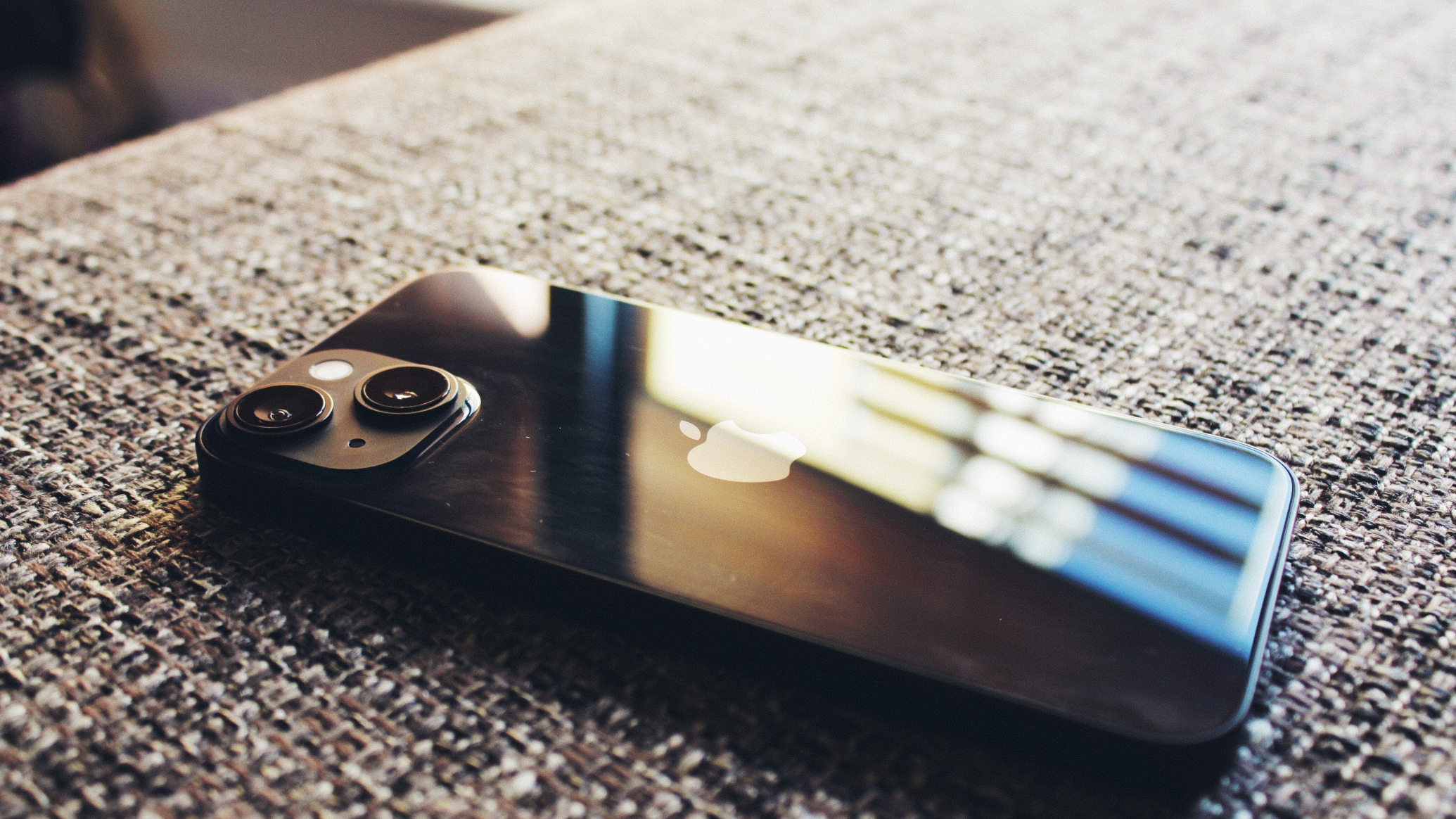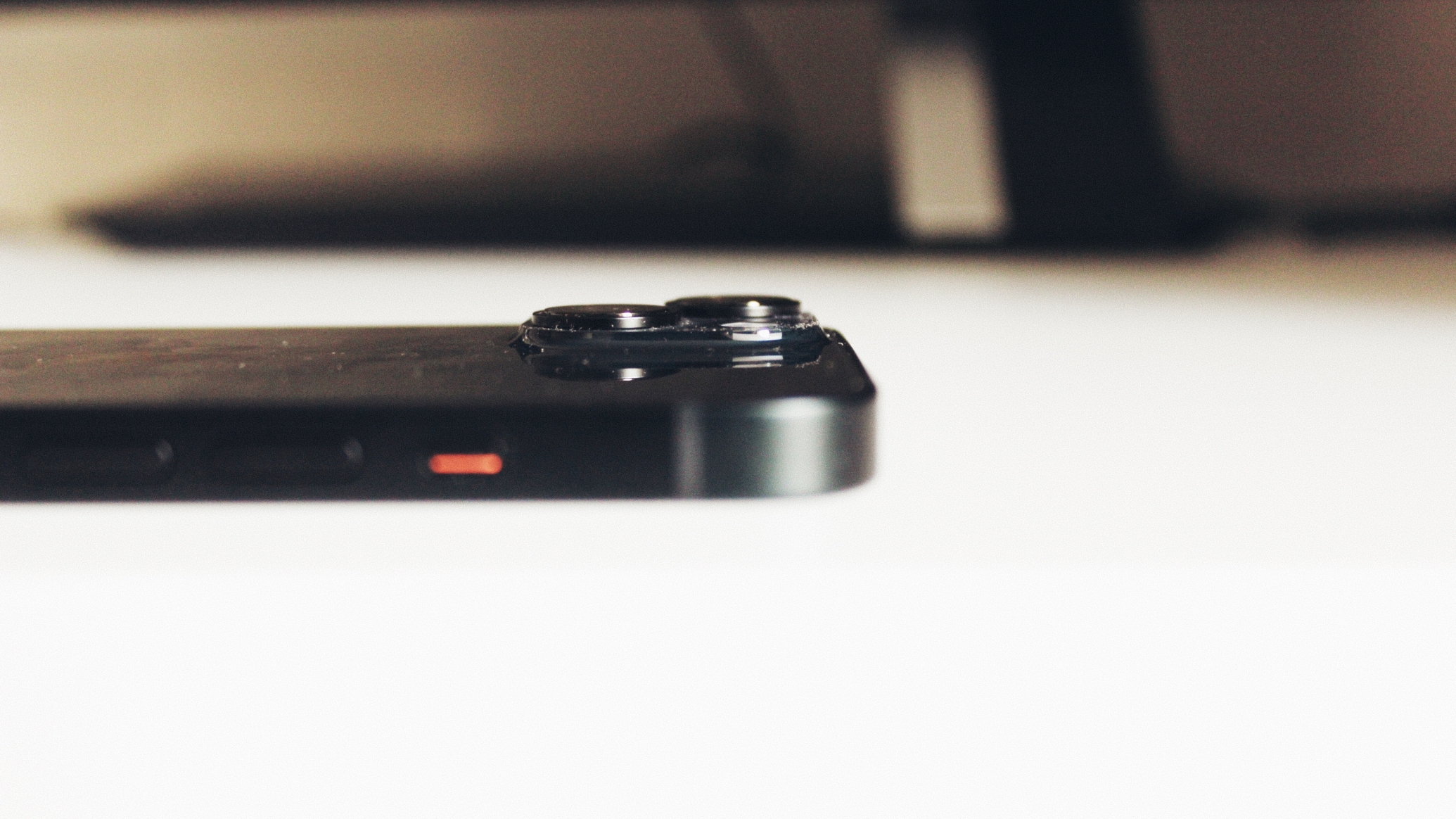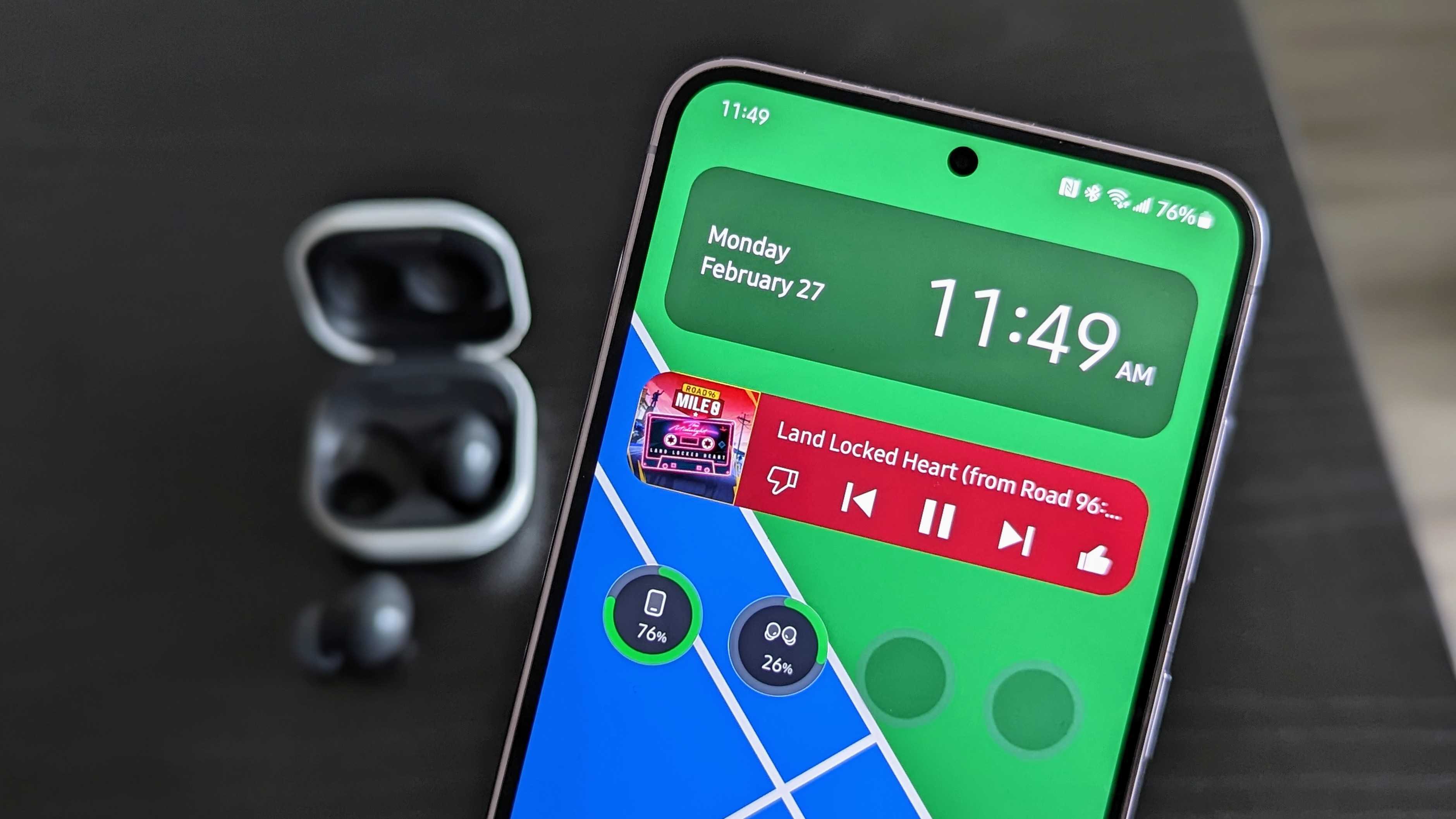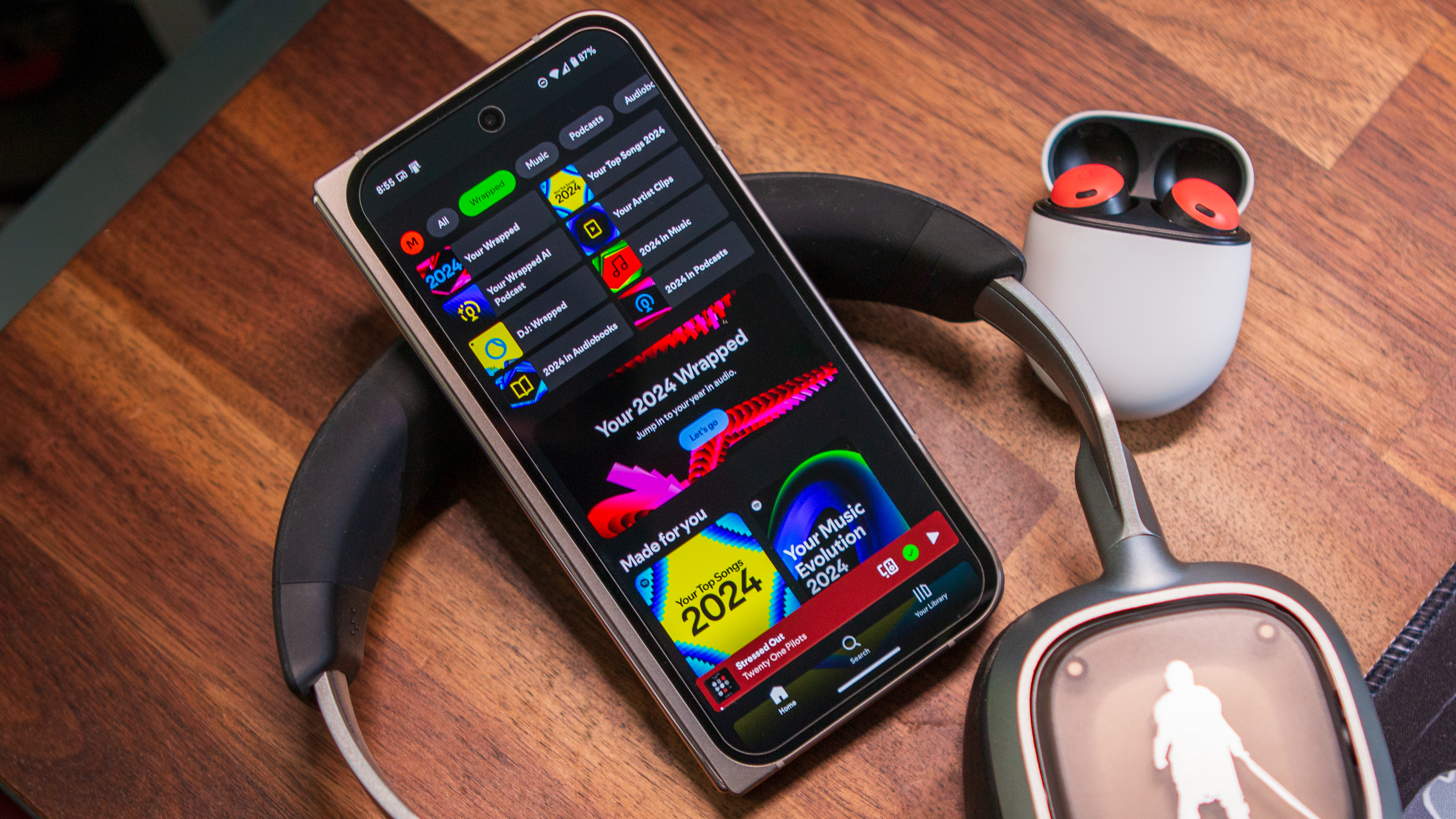Samsung Galaxy S23 vs. iPhone 14: Which compact flagship is better?
The answer might surprise you.

True flagship
The Galaxy S23 might be small, but it's definitely mighty. It sports the latest flagship chip from Qualcomm, a gorgeous OLED display with a 120Hz refresh rate, and a triple camera setup.
Pros
- Compact design
- Triple rear-camera setup
- Larger battery with USB-C
- Display equipped with adaptive 120Hz refresh rate
Cons
- Limited to either 128GB or 256GB of storage
- Lacks eSIM support entirely

A bit boring
Apple saved all of the fun upgrades for the Pro models, leaving minor updates for the iPhone 14. It's still going to be reliable, but it might be time for Apple to rethink its model.
Pros
- Compact design
- Configurable with up to 512GB of storage
- Longer software updates
- Seamless integration with Apple's ecosystem
Cons
- Uses last year's processor
- Only offers dual real cameras
- eSIM-only (in the U.S.)
When it comes to finding the best smartphone, the two primary options in the U.S. come from either Samsung or Apple. The flagship experience has really dwindled down in recent years, with only OnePlus or Google offering an alternative. It’s definitely a far cry from the “good ole’ days,” but both Samsung and Apple continue to dominate sales, essentially pushing everyone else out of the way.
This brings us to the Galaxy S23 vs. iPhone 14, which are the company’s respective entry-level flagship smartphones. But as we’ll touch on, there aren’t many similarities and you might be surprised by our recommendation.
Samsung Galaxy S23 vs. iPhone 14: Build and design

It seems that Samsung is pulling a bit from Apple's playbook with the entire Galaxy S23 lineup. The company opted to make the design more uniform across all three devices, which saw the removal of the unique camera guard that was present on the Galaxy S22 and S22+.
With both the Galaxy S23 vs. iPhone 14, Apple and Samsung are both using the tried-and-true "glass sandwich" design on their latest devices. Apple has decided to stick with the same design that was introduced with the iPhone 12, now marking the third iPhone release to do so.
Samsung, on the other hand, didn't really change much else when it comes to the Galaxy S23's design. You'll still enjoy a flat display, and slightly-curved edges resulting in a more comfortable feel in the hand.

If you're worried about durability, you can put those concerns to rest, regardless of which phone you opt for. Both of these feature an IP68 water and dust resistance rating. Samsung relies on Corning Gorilla Glass Victus 2 for the front and back, while the iPhone uses its Ceramic Shield display.
It's no secret that Samsung and Apple are easily at the top regarding build quality when it comes to the best phones. That trend only continues with the Galaxy S23 and iPhone 14.
Get the latest news from Android Central, your trusted companion in the world of Android
Samsung Galaxy S23 vs. iPhone 14: Performance, battery, and software

In some regards, Qualcomm continues to chase Apple when it comes to power and performance for the best Android phones. Samsung's Galaxy S23 is powered by a unique version of Qualcomm's latest chip, dubbed the Snapdragon 8 Gen 2 for Galaxy.
This has turned out to be one of the biggest strong points for the Galaxy S23, as Qualcomm and Samsung seemingly managed to vastly improve both performance and battery life over the Galaxy S22. With the iPhone 14, Apple went a different and surprising route, as the iPhone 13's A15 Bionic chip is powering both the iPhone 14 and 14 Plus.
| Category | Samsung Galaxy S23 | Apple iPhone 14 |
|---|---|---|
| Display | 6.1-inch Dynamic AMOLED 2X Display (1080x2340), 120Hz refresh rate (48-120Hz), Up to 1,750 nits | 6.1-inch Super Retina XDR OLEDDisplay (1170x2532), 60Hz, Up to 1,200 nits |
| Chipset | Snapdragon 8 Gen 2 | Apple A15 Bionic |
| Storage | 128GB, 256GB | 128GB, 256GB, 512GB |
| Memory | 8GB | 6GB |
| Rear Camera 1 | 50MP Wide-angle, f1.8, 85° | 12MP Wide-angle, f1.5, 1/1.7", 1.9μm |
| Rear Camera 2 | 12MP Ultrawide, f2.2, 120° | 12MP Ultrawide, f2.4, 13mm, 120° |
| Rear Camera 3 | 10MP Telephoto (3x), f2.4, 36° | ❌ |
| Selfie Camera | 12MP, f2.2, 80° | 12MP, f/1.9 |
| Battery & Charging | 3,900mAh, 25W wired, 15W wireless | 3,279mAh, Power Deliver 2.0, 15W wireless (MagSafe), 7.5W wireless (Qi) |
| Connectivity | 5G (sub-6, mmWave), Bluetooth 5.3, Wi-Fi 6E | 5G (sub-6, mmWave), Bluetooth 5.3, Wi-Fi 6 |
| Protection | IP68, Gorilla Glass Victus 2 | IP68, Ceramic Shield |
| Dimensions | 70.86 x 146.3 x 7.62mm, 168.1g | 146.7 x 71.5 x 7.8mm, 172g |
| Colors | Phantom Black, Cream, Green, Lavender | Blue, Purple, Yellow, Midnight, Starlight, (PRODUCT)RED |
The reality, at least for the iPhone, is that despite using an older processor, performance doesn't really suffer when it comes to the "basics." But where Samsung pulls ahead is in more intensive tasks, as the Galaxy S23 consistently outperforms the iPhone 14 in various benchmarks.

Qualcomm seems to finally have caught up to Apple in some ways, even if you were to compare the Galaxy S23 Ultra vs. iPhone 14 Pro Max. Perhaps more importantly, with the Galaxy S23, you're getting the same flagship processor as the Ultra. It truly feels as though there's a bit of a shift in the mobile space, considering how long Apple has been ahead compared to Android SoCs.
Battery life is pretty comparable across the board, but the Galaxy S23 uses a slightly larger 3,900mAh cell. Samsung offers faster 25W wired charging, along with up to 15W wireless charging.
The iPhone 14 uses a smaller 3,279mAh battery, but iOS is still arguably more optimized, resulting in both of these devices easily making it through an entire day. Wired charging speeds on the iPhone are comically and woefully awful, but you can invest in the MagSafe ecosystem to ditch the cables and enjoy 15W charging speeds.
Samsung Galaxy S23 vs. iPhone 14: Cameras

One of the most important aspects of any smartphone comparison is how well the camera system performs. Samsung instantly gains an edge, simply thanks to the tertiary 10MP telephoto lens. This joins the 50MP primary wide-angle lens and a 12MP ultrawide camera with a 120-degree FoV.
While Apple finally upgraded its main camera for the iPhone 14, it's still "just" 12MP, just slightly larger than the previous iteration. And the secondary camera is the same ultrawide lens that was implemented into the iPhone 13 Pro. So again, it's a story of recycling parts in the Apple camp.

That's not to say that you won't be satisfied with pictures taken by the iPhone, but it's pretty clear that the Galaxy S23 is the more versatile device. However, there's a reason why even the iPhone 14 can match up with the Galaxy S23, and it's all about speed.
Samsung might give you more control over the camera settings, even introducing improvements to Camera Assistant. But if you're trying to take pictures of moving subjects, then there's a very good chance that the iPhone 14 will be the better choice.
No matter the case, both of these phones will still take great photos in most scenarios. It's just that the iPhone will be faster and the Galaxy S23 is more flexible.
Samsung Galaxy S23 vs. iPhone 14: Which should you buy?

There’s one aspect of the Galaxy S23 vs. iPhone 14 that we haven’t yet touched on, and that’s the price. This is simply because both of these phones start at the same $799 price point, without accounting for any potential discounts or carrier deals. But when you’re making the final decision, Samsung using the same processor as the Galaxy S23 Ultra might sway your opinion.
Something worth pointing out is that the Galaxy S23 is available with either 128GB or 256GB of storage. Whereas the iPhone 14 can be configured with up to 512GB of storage, which could pay dividends if you intend to own your phone for years.
While the iPhone 14 is probably the “safe pick,” the Galaxy S23 is simply the more intriguing device of the two. It’s also more versatile with its improved chipset, 120Hz refresh rate, and more versatile camera system. But no matter which of these devices you decide on, you won’t be disappointed.

Small, yet mighty
If you want a flagship smartphone, but don't want a massive display, then the Galaxy S23 is practically perfect.

The basics
The iPhone 14 doesn't do anything spectacular, and is powered by last year's chipset. It's just good for a reliable experience.

Andrew Myrick is a Senior Editor at Android Central. He enjoys everything to do with technology, including tablets, smartphones, and everything in between. Perhaps his favorite past-time is collecting different headphones, even if they all end up in the same drawer.
